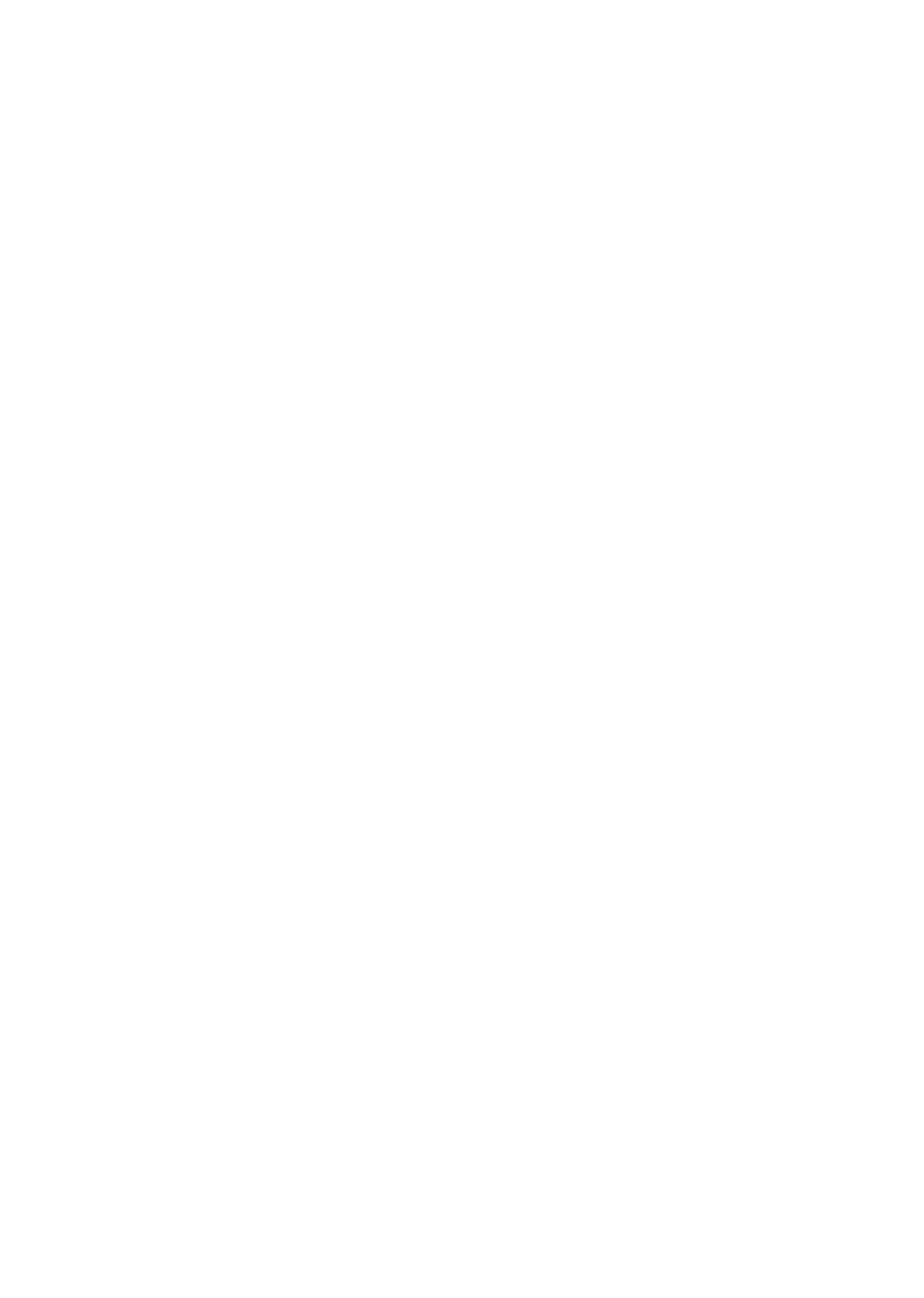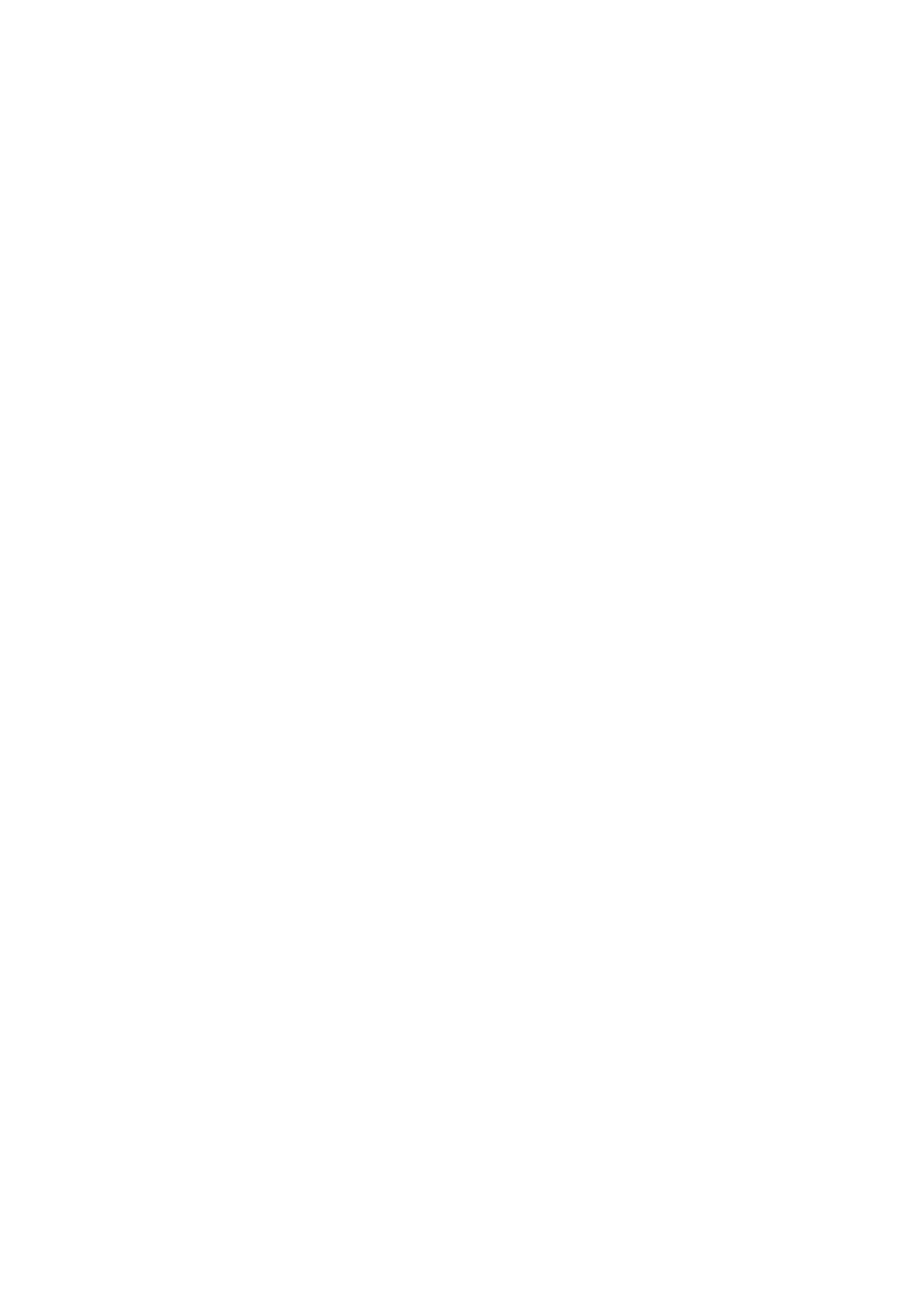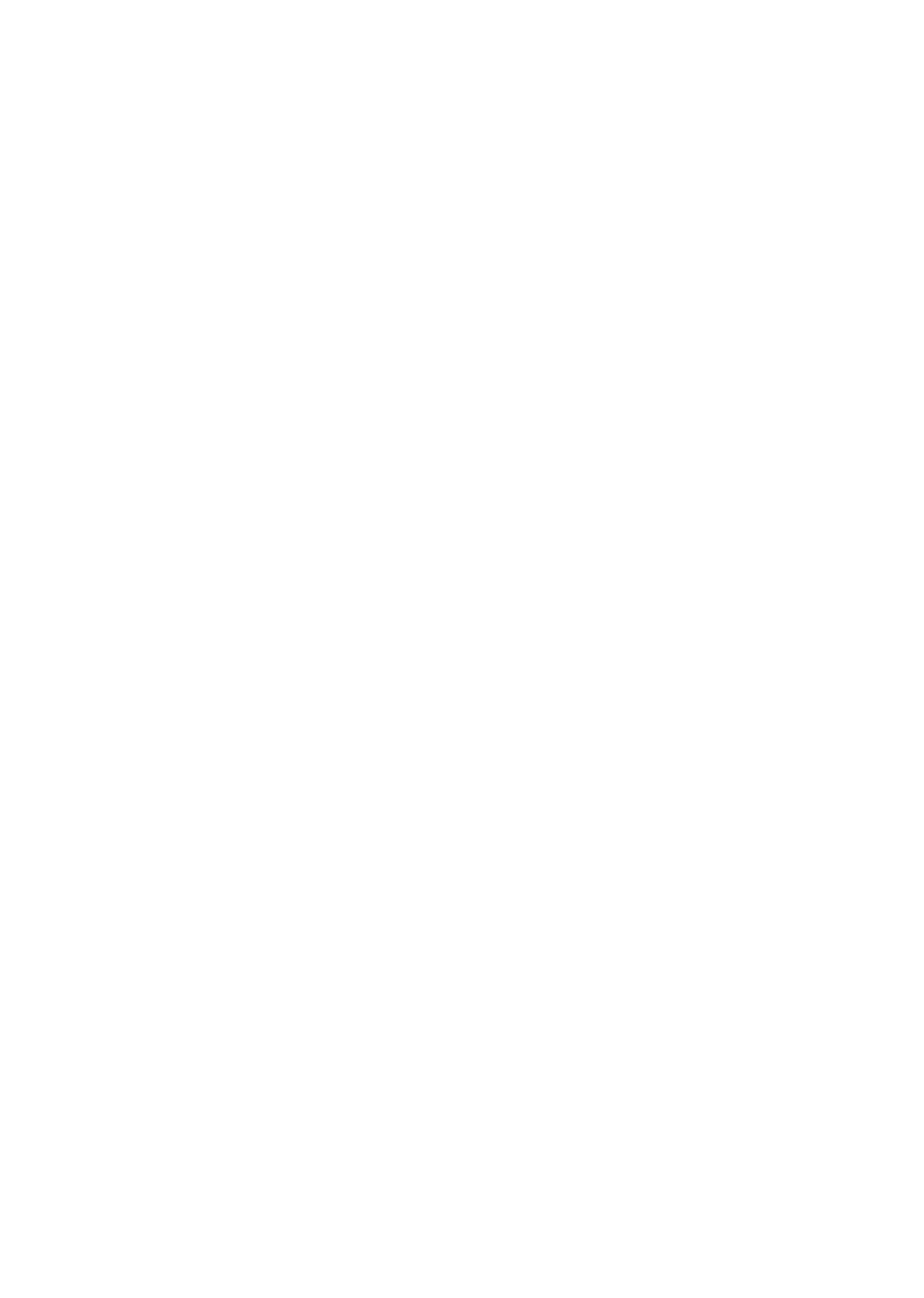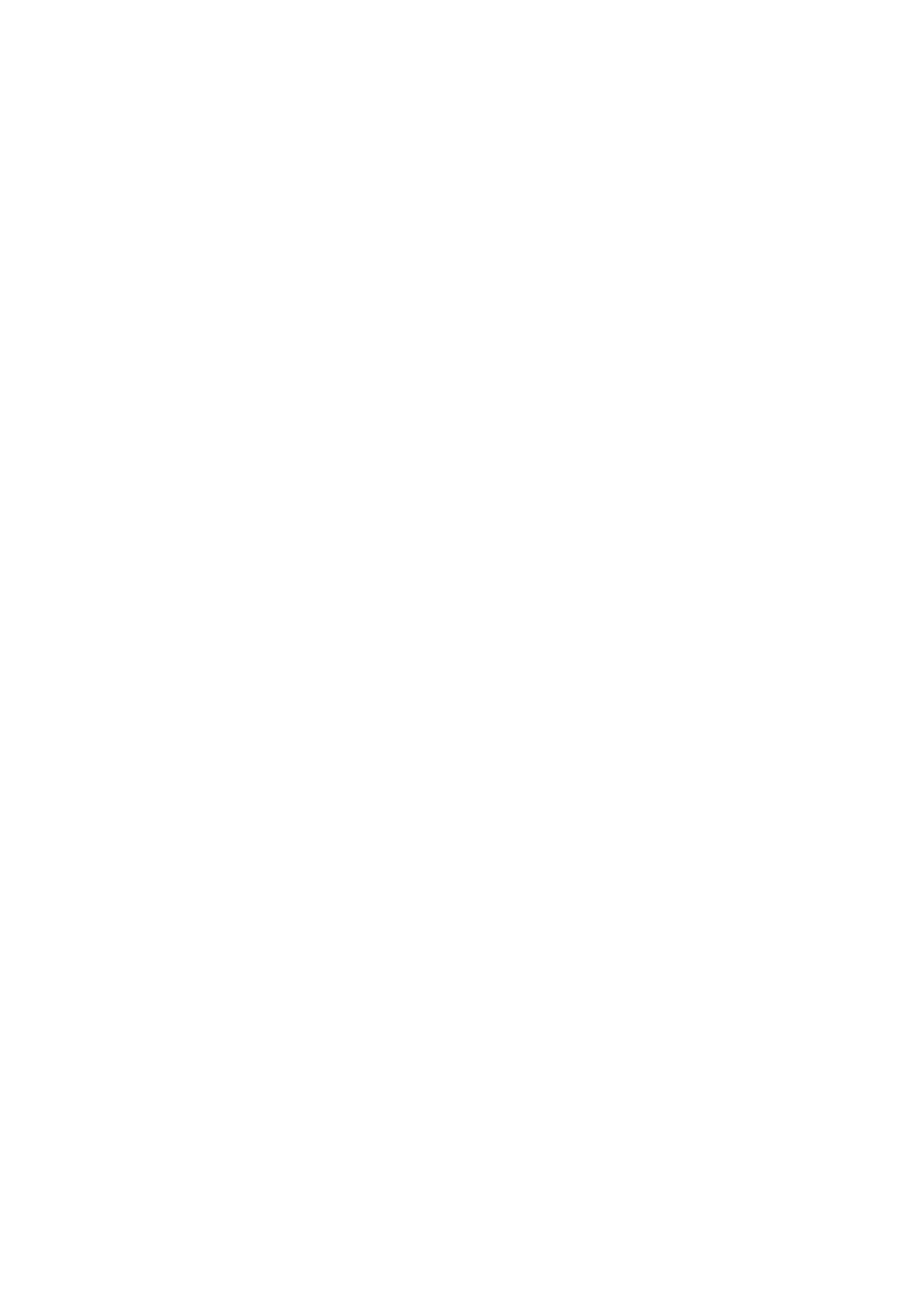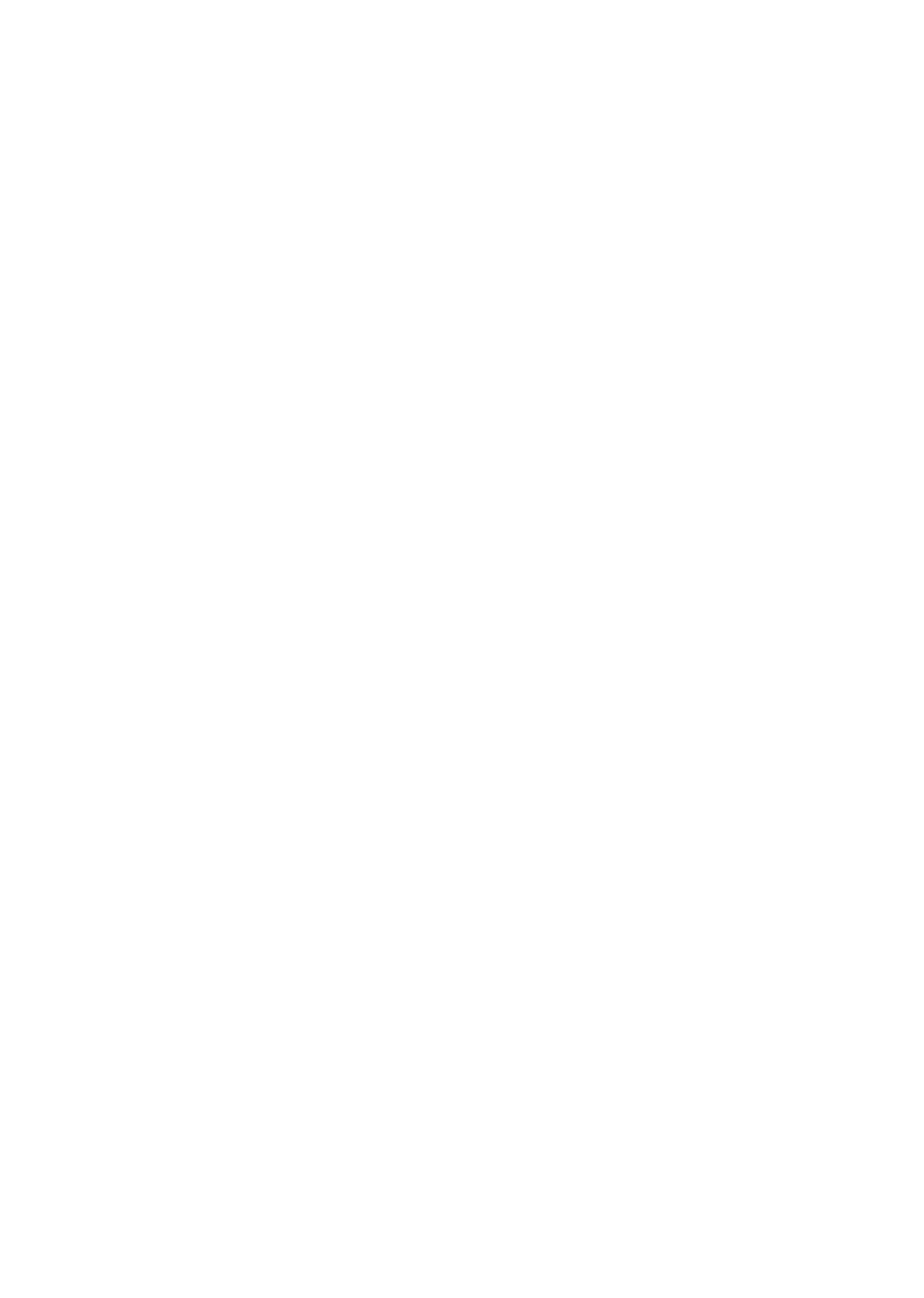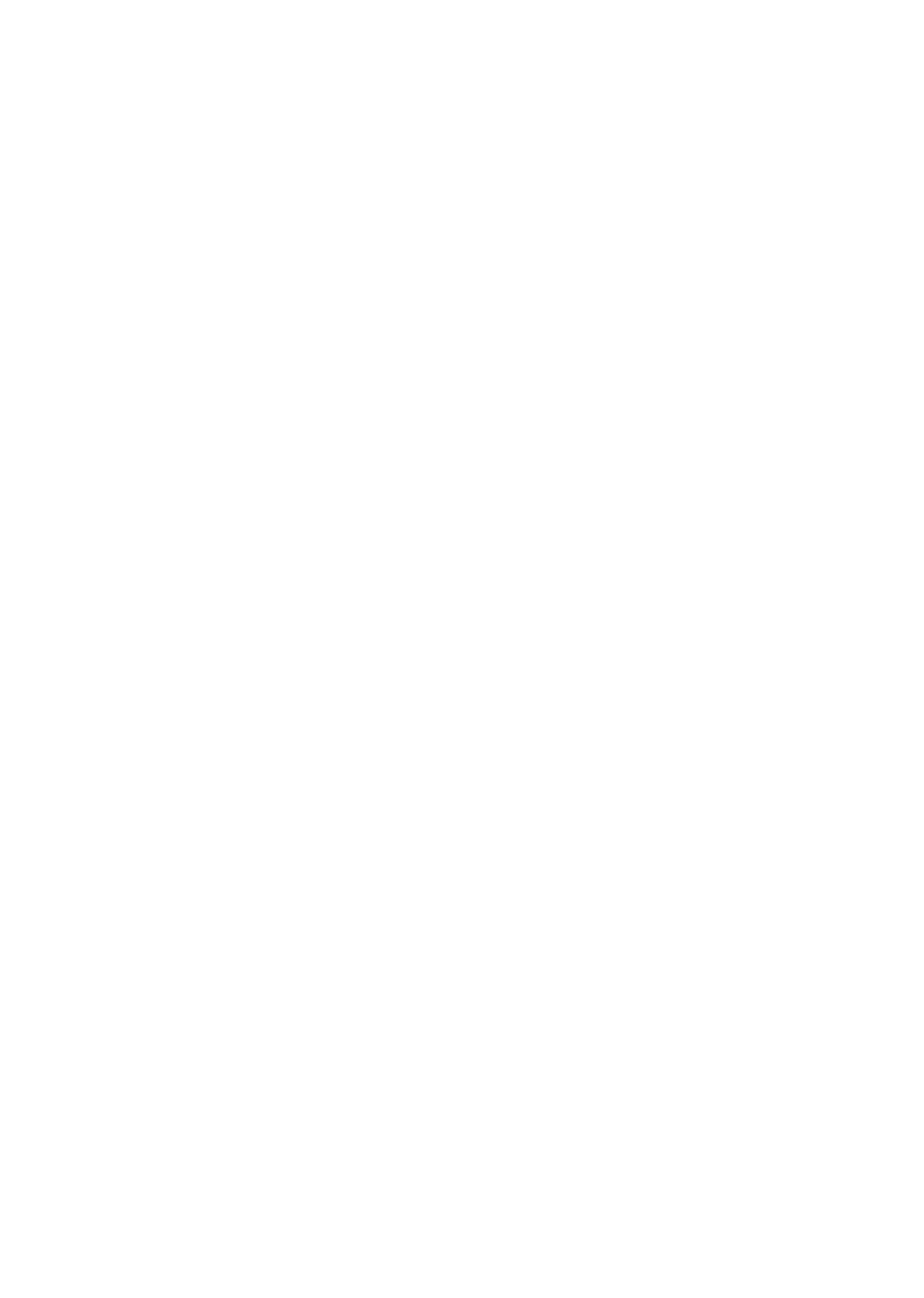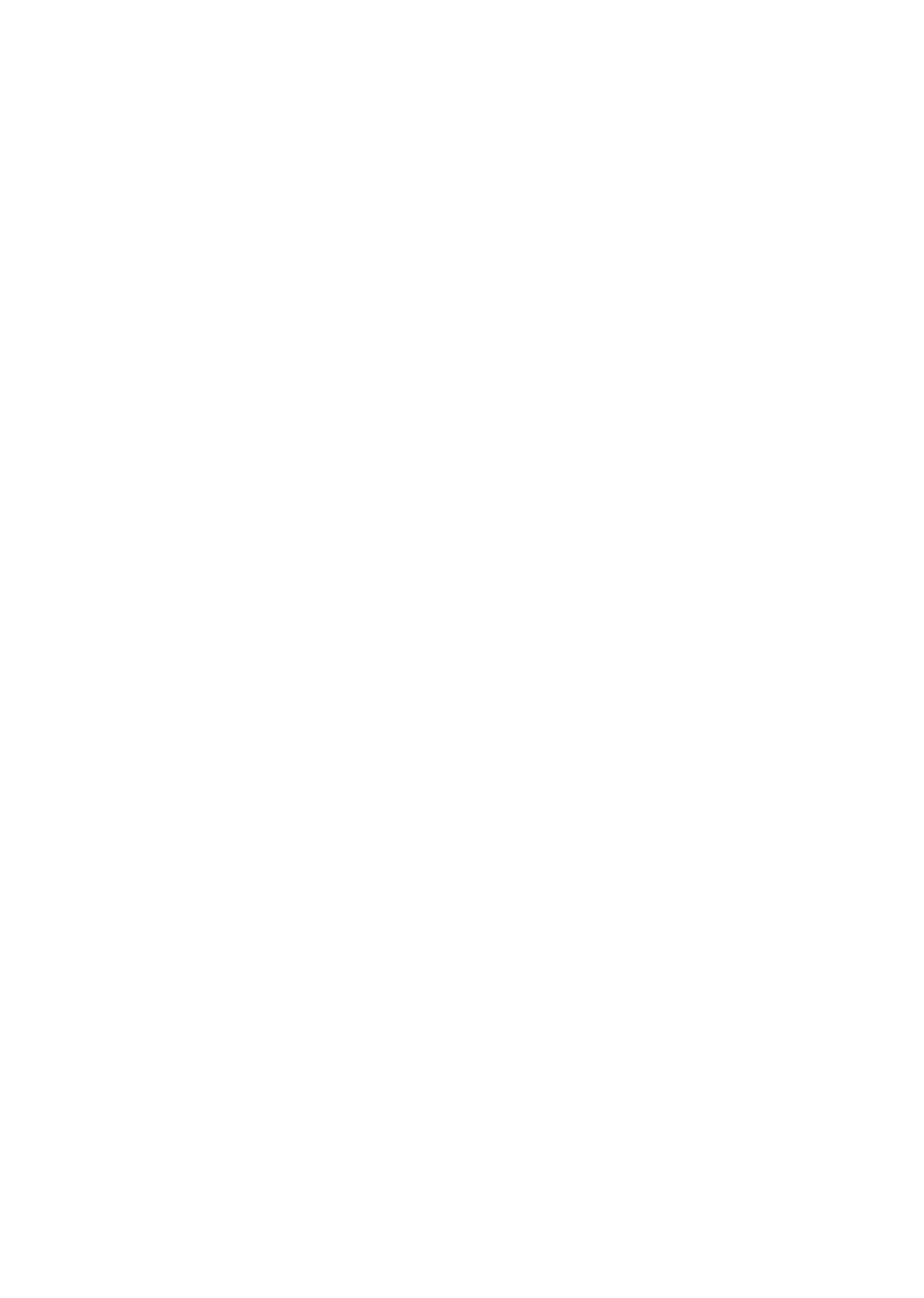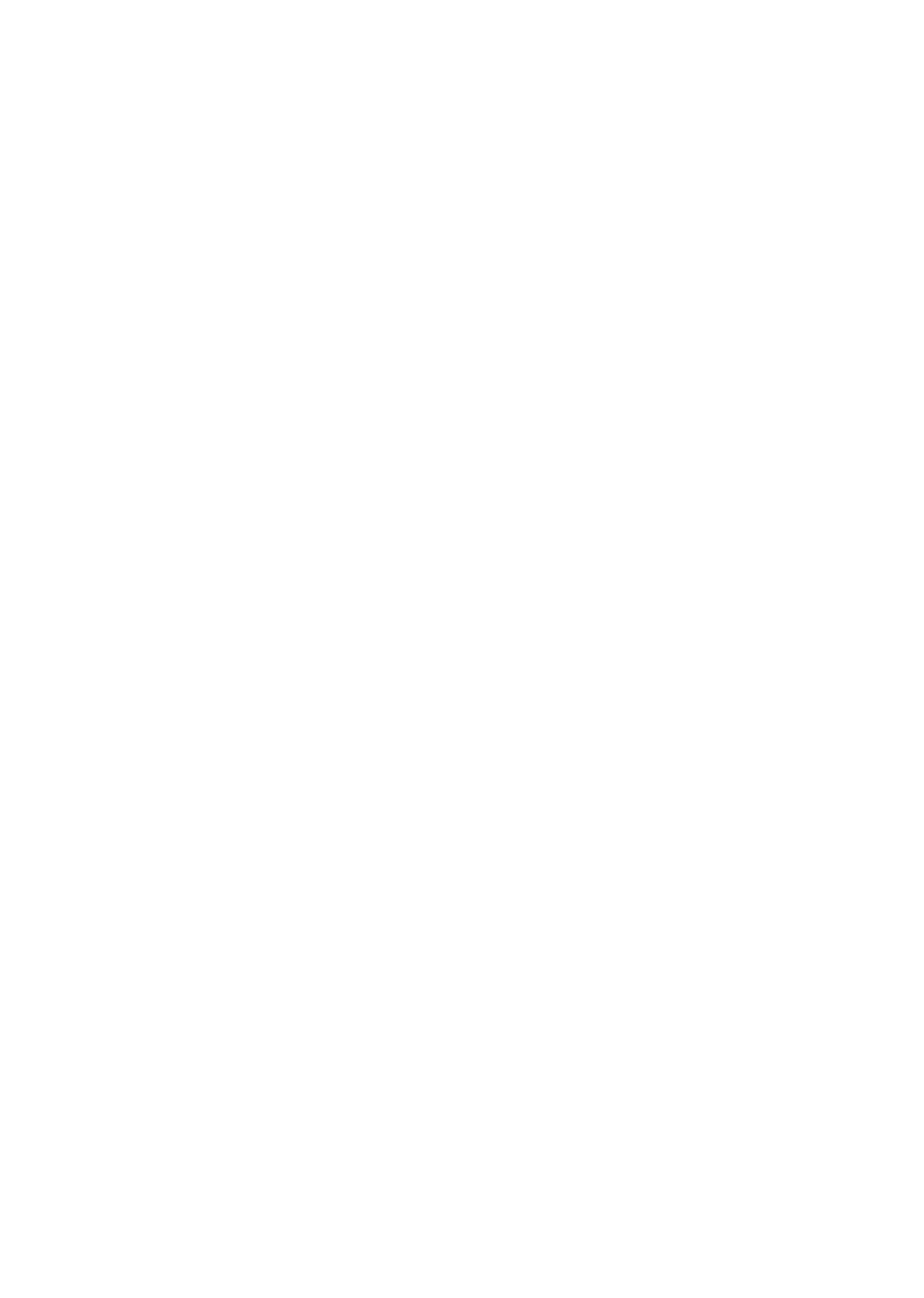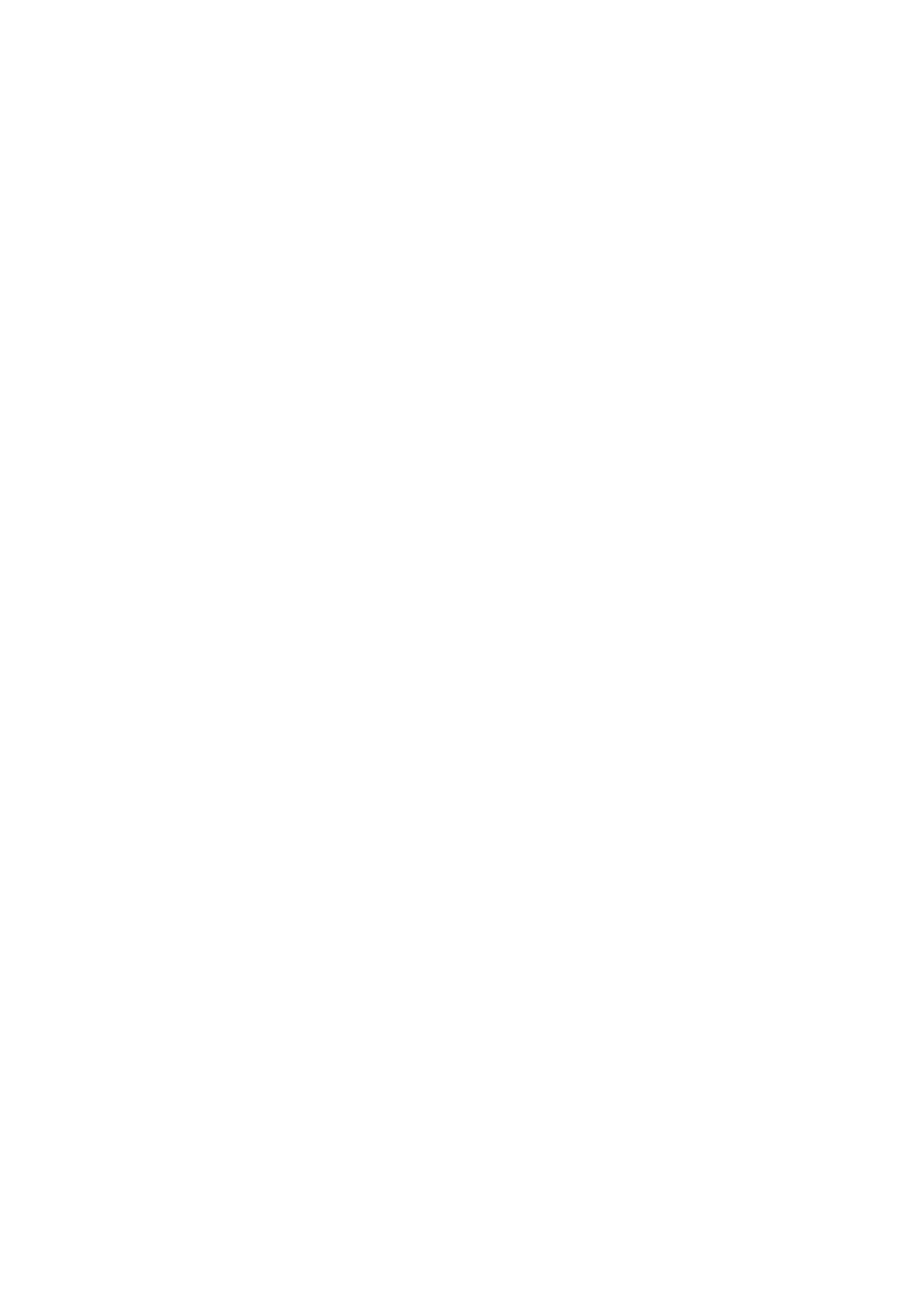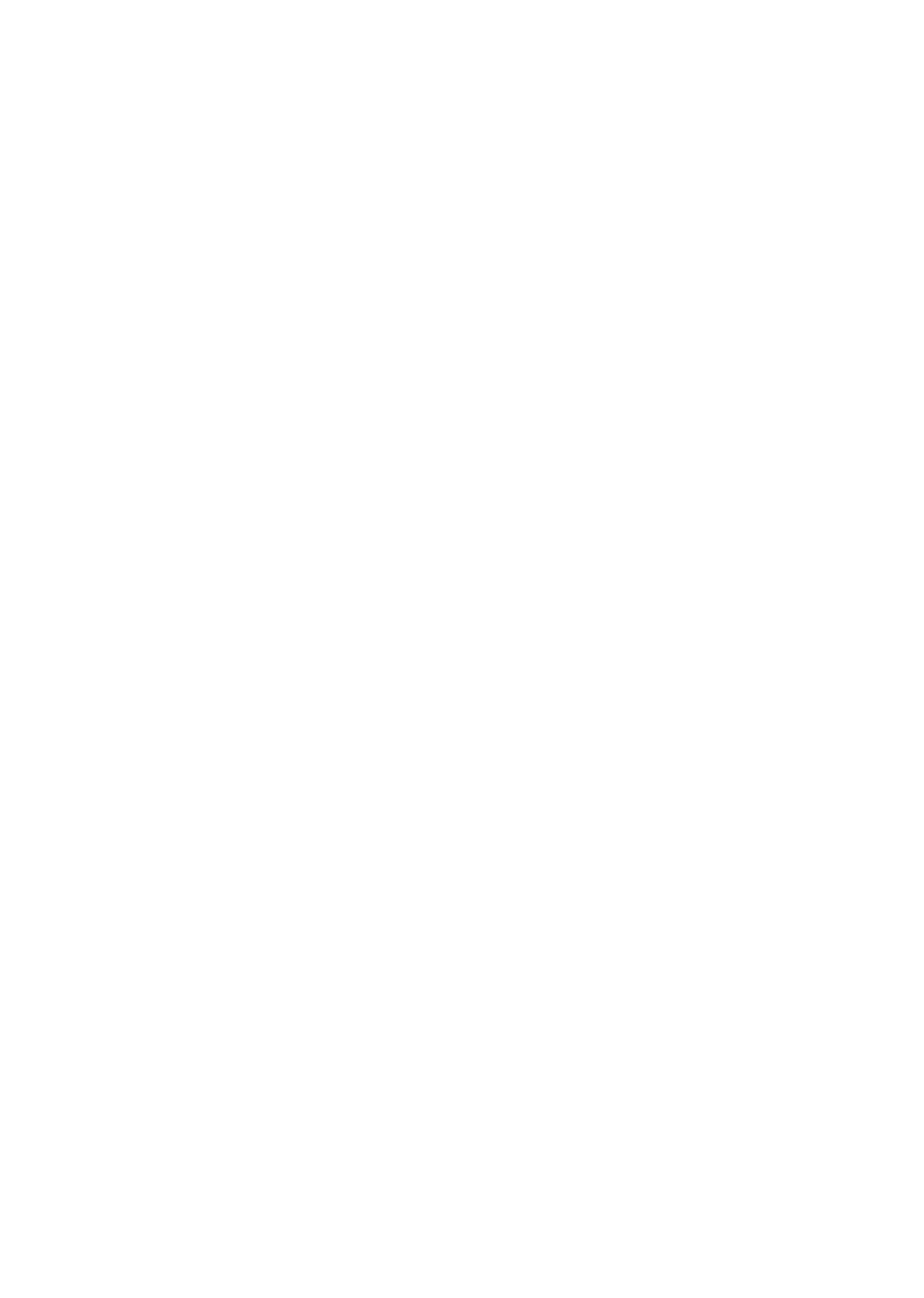ILLINOIS POLLUTION CONTROL BOARD
September
15,
2005
IN THE MATTER OF:
)
)
PROPOSED AMENDMENTS TO
)
R05-20
EXEMPTIONS FROM STATE
)
(Rulemaking
-
Air)
PERMITTING REQUIREMENTS
)
FOR PLASTIC INJECTION MOLDING
)
OPERATIONS
)
(35
ILL. ADM. CODE 201.146)
)
Proposed Rule.
First Notice.
OPINION AN)
ORDER OF THE BOARD (by N.J. Melas):
This rulemaking, proposed by the Chemical Industry Council ofIllinois (dcl),
proposes
revisions to the Board’s regulations regarding exemptions from air construction and
operating
permit requirements.
The proposal seeks to add one category to the existing list ofpermit
exemptions in Section
2&1. 146.
35
Ill.
Adm.
Code 201.146.
According to CICI, the purpose of
the proposal is to
eliminate the burden ofstate construction and operating permitting of low
emitting emission units and activities for both the Environmental Protection Agency (Agency)
and owners
and operators ofplastic injection molding (PIM) operations.
The Board notes that it
is simultaneously adopting for first notice another proposal that amends Section 201.146, entitled
Proposed Amendments to
Exemptions from State Permitting Requirements (35 Ill. Adm. Code
201.146), R05-19 (Sept.
15, 2005).
Section 201.146 contains a list of 59 exemptions based on categories ofemission units
and activities that CICI refers to
as “categorical exemptions.”
Statement at
1_2.1
The proposed
amendment would include NM operationsin the categories ofemissions
units exempt from state
air permitting requirements.
CICI refers to the proposed language as the “plastic injection
molding” exemption.
Statement at 2.
CICI states that PIM operations emit volatile
organic
material and that emissions
from the associated
activities covered under the proposed exemption
to Section 2&1.l46 ofthe Board’s regulations are
negligible.
Id.
CICI states that because of the low level ofemissions they generate, PIM operations
would quali~’for the exemption from permitting
for Federally Enforceable State Operating
Permit (FESOP) sources with a low
potential to emit proposed by the proponents
in the pending
rulemaking docket R05-l9.
Statement at 3.
CICI
states, however, that proposed FESOP sources
exemption would apply only to permitted facilities, so PIM facilities that do not require an
Agency-issued
air pollution control permit would not be eligible for that proposed exemption.
Today the Board adopts CICI’s proposal for first-notice.
First-notice publication in the
Illinois Register will begin a 45-day period for interested persons to
file public comments with
1
The Board will cite to
the Statement ofReasons as “Statement at
—.
2
the Board.
The Board describes the proposed exemption and the various issues raised at hearing
in more detail below.
PROCEDURAL BACKGROUND
On April
19, 2005, the proponents filed this proposal for rulemaking pursuant to
Sections
27
and 28 ofthe Environmental
Protection Act (Act) and 35
Ill. Adm.
Code
102.202(b).2
The
Board accepted this matter for hearing on May
5,
2005.
The Board granted CICI’s motion
to
expedite this rulemaking on May 19, 2005.
The Board has held two public hearings in this
rulemaking.
The first hearing was held
on July
1, 2005 in
Chicago before Hearing Officer Amy
Antoniolli and the second hearing was held
on July 15, 2005,
in Springfield before Hearing
Officer John Knittle.3
Mr. Lynne Harris, Vice-President for Science and Technology of the Society ofthe
Plastics Industry, Incorporated (SPI,
Inc.) testified on behalfof CICI.
Ms.
Lisa Frede, Director
ofRegulatory Affairs for CICT, testified on CICI’s behalfand stated that CICI has 198 member
companies with over 54,000 employees.
Tr.l at
15.
Ms.
Pat Sharkey also testified on CICI’s
behalf
Mr. Don Sutton testified on behalf ofthe Agency.
Mr.
Sutton is the manager ofthe
permit
section, Division of Air Pollution Control, Bureau ofAir, since 1991.
Mr.
Sutton is
responsible for issuing construction and
operating permits
for the Bureau ofAir.
There have been two public comments filed in this rulemaking.
The first was a
correction to the July
1, 2005 hearingtranscript
filed by the Environmental Protection Agency
(Agency) (PC
1), and the second was a post-hearing comment filed by CICI (PC 2).
CCI has
filed three errata sheets suggesting changes to the proposed rule language.
PROPOSED RULE
LANGUAGE
CICI proposes that the Boardadd an exemption to the existing list of59 exemptions in
Section 201.146.
Throughout this proceeding,
CICI has amended the proposed rule language
three times.
CICI notes that the pendingrulemaking (R05-19) also seeks to
amend Section
201.146.
Therefore, while the alphanumeric designation may change, in its
third and final errata
sheet CICI proposes the following language:
hhh)
Plastic injQction molding equipment with an annual through-put not exceeding
5,000 tons of plastic resin in the aggregate from all plastic injection molding
equipment at the source,
and all associated plastic resin, loading, unloading,
conveying, mixing, storage, grinding, and drying equipment and
associated mold
release and mold cleaning agents.
2
The proponents’
statement ofreasons will be cited to
as “Statement at
.“
The transcripts from the April
12,
2005
hearing will be cited to as “Tr.1 at
,“
and the transcript
from the June
14, 2005 hearing will be cited to as “Tr.2 at
.“
3
SUMMARY OF PROPOSED NEW PERMIT EXEMPTION
According to
the CICI, the proposed exemption to
Section 201.146 of the Board’s
regulations for PIM operations is justified based on the low emissions generated by these
emission sources both
individually and in the aggregate statewide.
Statement
at
1.
In support of
this rule, the Agency states that the proposed exemption does not threaten the public
health or
welfare.
CICI states the intent of this rulemaking is to clarify any confusion as to whether the
existing exemption for plastic extruder operations also applies to PIM operations (35 Ill.
Adm.
Code 201.l46(cc)).
CICI also
expects the proposed exemption will achieve efficiencies and cost
savings forplastic injection molding operations as well as the State of Illinois.
ISSUES
RAISED AT HEARING
Supporting Data
CICI’s witness, Mr. Harris, stated that SPI, Inc. sponsored a series of studies between
1995 and 2002
to develop emission factors for a range of plastic resins when used in the
thermoplastic extrusion process.
Tr. 1
at 34.
According to Mr. Harris, the studies were done in
an
independent laboratory and
utilized a system
that was likely to overestimate closed mold
operation emissions.
Tr.1
at 35.
Mr. Harris explained there are approximately 500 PIM facilities in Illinois and the
average facility is estimated to have maximum emissions of0.2 tons per year (tpy)ofvolatile
organic material (VOM).
Tr.2 at 16.
Mr. Harris asserts that the SPI, Inc.
studies demonstrate
that annual VOM emissions associated with PIM processes can range from 0.2 tpy to as low as
0.002 tpy.
He estimates the total statewide VOM emissions
from this
category of sources to be
approximately
100 tpy.
Id.
Finally, Mr. Harris notes that hazardous air pollutant (HAP)
emissions from PIM processes range from 0.1
tpy to
0.0000004 tpy, and PM emissions
range
from 0.2 tpyto 0.0004
tpy.
Tr.1
at 38-39; Gr. Exh.
3, Att.
11.
The equipment used by PINT facilities, notes Mr. Harris, is very similar to the equipment
currently exempt under the categorical exemption governing extruders in Section 201.1 46(cc).
35111. Adm.
Code 20l.146(cc).
Mr. Harris testified that the emission estimates for PIM
equipment are based on the same emission factor studies used to estimate emissions
from
extruders and are estimated to be less than the emissions generated by continuous extruders.
PC
2 at
1; citing Tr.1
at 33, 35-36.
CICI states that Michigan, Ohio,
and Texas are examples ofstates that exempt PIM
operations from air permitting requirements, and
Iowa is currently looking at exempting this
category of emission sources.
Tr.l
at 43-44.
Other states do not need a categorical exemption,
states CICI,
because they have exempted very small emission sources across the board.
Tr.
1
at
46.
4
Technical Feasibility and Economic Reasonableness
The Agency states
that CICI’s proposed rule language does not pose any issues with
respect to the technical
feasibility.
Rather, the proposed exemption may help focus attention on
the more “important emission units.”
Ag. Exh.
1, pg.
3.
The Agency testified that there are
some sources such as PIM operations that are such small emission sources they are not worth
pursuing from a state enforcement standpoint.
Further, emissions at any
source can add up
quantitatively and
are not
shielded from
federal regulatory oversight.
Tr.2 at 76-77.
The Agency states
that the proposal will reduce costs for owners and operators ofPIM
facilities because many sources will not have to collect the data, prepare permit applications, and
submit permit fees necessary to obtain
a state permit.
Ag. Exh.
1, pg.
3-4.
At the same time, the
Agency will not be negatively affected from the loss ofpermit fees because eliminating
permitting of these sources will be matchedby the resources saved in reviewing the permit
applications.
Ag.
Exh.
1, pg.
4.
Types of Sources Fitting the Proposed Exemptions
CICI states that the proposed exemption in R05-19 for FESOPs having a very low
potential to
emit does not exempt a PIM facility with no other emission source.
Tr.1
at 22.
The
proposed rule language would provide a clear categorical exemption for PIM operations.
Tr.
1
at
23.
Mr. Harris described the types ofcomponents produced in PIM processes as plastic knobs
and handles used in the automotive industry and hole plugs used in household appliances.
Tr. I
at 31.
According to Mr. Harris, the PIM process typically involves injecting hot molten plastic
into a mold cavity.
Tr.1
at 32.
Mr. Harris explains that the primary difference between the PIM
process and
the plastic extrusion process is that
in the PIM process, the melted resin is injected
into an enclosedmold at the end of the process rather than simply conforming to the shape of the
extrusion die.
Tr.l
at 32.
Mr. Harris explained that PIM machines can vary
in size.
The smallest machine may
have a throughput of 10 pounds per hour while very large machines can process over
1,000
pounds per hour.
Tr. 1
at 33.
However, the most commonly used PIM machines have an
average
daily throughput of less than
100 pounds per hour.
Tr.1
at 34.
The average facility has between
40 and 70 PIM machines.
Tr.2 at
15.
While some PIM
facilities may perform other processes at their facilities, approximately
80
do not.
Therefore,
CICI reasons that about 20
ofthe estimated 500 PIM
facilities in
Illinois would not be
covered by the proposed exemption.
Tr.2
at 18.
CICI has also explicitly
stated that compression
and transfer molding are not included in the proposed exemption.
Tr.
2
at
25.
Rule Language
5
CICI modified the original rule language to include an
annual 5,000 ton limit of resin
used in the PIM process.
CICI clarified that the limit applied facility wide
to avoid the
implication that the 5,000
ton limit could apply to each piece ofPIM equipment.
Tr.2 at
10.
DISCUSSION
Today the Board
adopts the proponents’ proposal to add one new categorical exemption
to the existing list ofexemptions in Section 201.146 ofthe Board’s air regulations.
Because of
the existing 59 categorical exemptions, the Agency already has some experience determining
compliance
with permit
exemptions.
The proposed exemption for PIM operations does not
require any specific record keeping for inspectors to
verify that the facility is exempt.
The Board received no testimony or comments regarding the DCEO’s decision not to
perform an economic impact study on this rulemaking.
Further, the Agency testified at hearing
that the fees generated from the sources this rulemaking proposes to exempt basically cancel the
administrative and engineering costs required for the Agency to permit those sources.
The Board
finds the proposed amendment technically feasible and economically reasonable for both the
source as well as the State.
The Board also
finds that the proposed exemption will not negatively
impact the environment because it allows only a negligible
increase in emissions.
The Board
adopts CICI’s proposal, as amended.
The Board makes only those additional
technical corrections necessary to keep the rule language consistent with regulatory
language
typically adopted by the Board and reviewed by the Joint Committee on Administrative Rules.
CONCLUSION
The Board
adopts CICI’s proposed exemption from
state air permitting for plastic
injection molding operations, as amended,
for first-notice publication
in the
Illinois Register.
By
allowing plastic
injection molding operations an exemption from state permitting requirements,
the Board finds this rulemaking will benefit the sources that will qualify for the proposed
exemptions as well as the Agency who implements and enforces them.
ORDER
The Board directs the Clerk
to cause the
filing of the following rule with the Joint
Committee on Administrative Rules for its
first-notice review.
TITLE
35: ENVIRONMENTAL PROTECTION
SUBTITLE B:
AIR POLLUTION
CHAPTER
I:
POLLUTION CONTROL BOARD
SUBCHAPTER a: PERMITS AND GENERAL PROVISIONS
PART 201
PERMITS AND GENERALPROVISIONS
SUBPART A: DEFINITIONS
6
Section
201.101
Other Definitions
201.102
Definitions
201.103
Abbreviations and Units
201.104
Incorporations by Reference
SUBPART B:
GENERAL PROVISIONS
Section
201.121
Existence ofPermit No Defense
201.122
Proof ofEmissions
201.123
Burden ofPersuasion Regarding Exceptions
201.124
Annual Report
201.125
Severability
201.126
Repealer
SUBPART C: PROHIBITIONS
Section
201.141
Prohibition of Air Pollution
201.142
Construction
Permit Required
201.143
Operating Permits for New Sources
201.144
Operating Permits forExisting Sources
201.146
Exemptions from State Permit Requirements
201.147
Former Permits
201.148
Operation Without Compliance Program and Project Completion
Schedule
201.149
Operation During Malfunction, Breakdown or Startups
201.150
Circumvention
201.15
1
Design ofEffluent Exhaust Systems
SUBPART D: PERMIT APPLICATIONS AND REVIEW PROCESS
Section
201.152
Contents ofApplication for Construction Permit
201.153
Incomplete Applications (Repealed)
201.154
Signatures (Repealed)
201.155
Standards for Issuance (Repealed~
201.156
Conditions
201.157
Contents ofApplication for Operating Permit
201.158
Incomplete Applications
201.159
Signatures
201.160
Standards
for Issuance
201.161
Conditions
201.162
Duration
201.163
Joint Construction
and Operating Permits
7
201.164
Design Criteria
201.165
Hearings
201.166
Revocation
201.167
Revisions to
Permits
201.168
Appeals from Conditions
201.169
Special Provisions for Certain Operating Permits
201.170
Portable Emission Units
SUBPART E: SPECIAL PROVISIONS FOR OPERATING PERMITS FOR CERTAIN
SMALLER SOURCES
Section
201.180
Applicability (Repealed)
201.181
Expiration and Renewal (Repealed)
201.187
Requirement for a Revised Permit (Repealed)
SUBPART
F:
CAAPP PERMITS
Section
201.207
Applicability
201.208
Supplemental Information
201.209
Emissions ofHazardous
Air Pollutants
201.210
Categories ofInsignificant Activities or Emission Levels
201.211
Application for Classification as an Insignificant Activity
201.212
Revisions to
Lists of Insignificant Activities or Emission Levels
SUBPART G:
EXPERIMENTAL PERMITS
(Reserved)
SUBPART H:
COMPLIANCE PROGRAMS AND PROJECT COMPLETION
SCHEDULES
Section
201.241
Contents of Compliance Program
201.242
Contents ofProject Completion Schedule
201.243
Standards for Approval
201.244
Revisions
201.245
Effects ofApproval
201.246
Records and
Reports
201.247
Submission and
Approval Dates
SUBPART
I:
MALFUNCTIONS, BREAKDOWNS OR STARTUPS
Section
201.261
Contents ofRequest for Permission to
Operate During a Malfunction, Breakdown
or Startup
8
201.262
Standards for Granting Permission to
Operate During a Malfunction,
Breakdown
or Startup
201.263
Records
and Reports
201.264
Continued Operation or Startup Prior to Granting of Operating Permit
201.265
Effect ofGranting of Permission to
Operate During a Malfunction, Breakdown or
Startup
SUBPART J: MONITORING AND TESTING
Section
201.281
Permit Monitoring Equipment Requirements
201.282
Testing
201.283
Records and Reports
SUBPART
K:
RECORDS
AN!) REPORTS
Section
201.301
Records
201.302
Reports
SUBPART
L: CONTINUOUS MONITORING
Section
201.401
Continuous Monitoring Requirements
201.402
Alternative Monitoring
201.403
Exempt Sources
201.404
Monitoring System Malfunction
201.405
Excess Emission Reporting
201.406
Data Reduction
201.407
Retention ofInformation
201.408
Compliance Schedules
Appendix A
Rule into Section Table
Appendix B
Section into Rule Table
Appendix C
Past Compliance Dates
AUTHORITY:
Implementing Sections
10, 39, and 39.5 and authorized by Section 27 of the
Environmental
Protection Act
415
ILCS
5/10, 27, 39, and
39.5.
SOURCE: Adopted as Chapter 2: Air Pollution, Part I: General Provisions, in R71-23,
4 PCB
191,
filed and effective April
14,
1972;
amended in R78-3 and
4,
35 PCB 75
and 243,
at
3
III.
Reg.30, p.
124, effective July 28,
1979; amended in R80-5, at 7 Ill. Reg.
1244, effective January
21,
1983; codified at 7111. Reg.
13579; amended in
R82-1
(Docket A) at
10111. Reg.
12628,
effective July
7,
1986;
amended in R87-38 at
13
Ill. Reg.
2066,
effective February 3,
1989;
amended in R89-7(A) at
13
Ill. Reg.
19444, effective December
5,
1989;
amended in R89-7(B)
at 15
Ill.
Reg.
17710, effective November 26,
1991;
amended in R93-1
1
at 17 Ill.
Rcg. 21483,
9
effective December
7,
1993;
amended in R94- 12
at
18 Ill. Reg.
15002,
effective September
21,
1994;
amended in R94-14 at
18
III. Reg.
15760,
effective October
17,
1994; amended in
R96-17
at 21111. Reg. 7878, effective June
17,
1997; amended in
R98-13 at 22111.
Reg.
1 1451,effective
June 23,
1998; amended in R98-28
at 22 Ill.
Reg.
11823, effective July31,
1998; amended in
R02 -10, at 27 Ill. Reg.
5820,
effective March 21, 2003; amended
in R05-l9 at 29111. Reg.
____________
effective
_________;
amended
in R05-20
at 29
111. Reg.
___________,
effective
Section 201.146
Exemptions from
State Permit Requirements
Construction or operating permits, pursuant to
Sections 201.142,
201.143 and 201.144 of this
Part, are not required for the classes of equipment and activities listed below in this
Section.
The
permitting exemptions in this Section do not relieve the owner or operator of any source
from
any obligation to comply with any other applicable requirements,
including the obligation to
obtain a permit pursuant to
Sections 9.1(d) and
39.5
ofthe Act, Sections
165,
173 and 502 ofthe
Clean Air Act or any other applicable permit or registration requirements.
a)
Air contaminant detectors or recorders, combustion
controllers or combustion
shutoffs;
b)
Air conditioning or ventilating equipment not designed to remove air
contaminants generated by or released from associated equipment;
c)
Each fuel burning emission unit for indirect systems and for heating and reheating
furnace systems used exclusively for residential, or commercial establishments
using gas andlor fuel oil exclusively with a design heat input capacity ofless than
14.6 MW
(50
mmbtu/hr), except that a permit shall be required for any such
emission unit with a design heat input capacity of at least
10 mmbtu/hr that was
constructed, reconstructed ormodified after June 9,
1989 and that is subject to 40
CFR
60, Subpart
D;
d)
Each fuel burning emission
unit other than those listed in subsection (c)of this
Section for direct systems used for comfort heating purposes and indirect heating
systems with a design heat input capacity of less than 2930 kW (10 mmbtu/hr);
e)
Internal combustion engines or boilers (including the fuel system) ofmotor vehicles,
locomotives,
air craft, watercraft, lifttrucks and other vehicles powered by nonroad
engines;
1)
Bench scale laboratory equipment and laboratory equipment used exclusively for
chemical and physical analysis, including associated laboratory fume hoods,
vacuum producing devices and control devices installed primarily to address
potential
accidental releases;
g)
Coating operations located at a source
using not in
excess of 18,925
1(5,000 gal)
ofcoating (including thinner) per year;
10
h)
Any emission unit acquired exclusively for domestic
use, except that a permit
shall be required for any incinerator and for any
fuel combustion emission unit
using solid fuel with a design heat input capacity of 14.6 MW
(50
mmbtu/hr) or
more;
i)
My stationary internal combustion engine with
a rated power output of less than
1118 kW (1500 horsepower), except that a permit shall
be required for any
stationary gas turbine engine with a rated heat input at peak load of 10.7
gigajoules/hr (10 mmbtu/hr) or more that
is constructed, reconstructed or
modified after October 3,
1977 and that
is subject to requirements of40 CFR 60,
Subpart GG;
j)
Rest room facilities and
associated cleanup operations, and
stacks or vents used to
prevent the escape ofsewer gases through plumbing traps;
k)
Safety devices designed to
protect life and limb, provided that a permit is not
otherwise required for the emission unit with which the safety device is
associated;
1)
Storage tanks for liquids for retail dispensing
except for storage tanks that
are
subject to the requirements of 35
Ill. Adm.
Code 215.583(aX2), 218.583(a)(2) or
219.583(aX2);
m)
Printing operations with aggregate organic solvent usage that never exceeds 2,839
1(750 gal) per year from
all printing lines at the source, including organic solvent
from inks, dilutents,
fountain solutions and cleaning materials;
n)
Storage tanks of:
1)
Organic liquids with a capacity ofless than 37,8501(10,000 gal),
provided the storage tank is not used to
store any material
listed as a
hazardous
air pollutant pursuant to Section 112(b) ofthe Clean Air Act,
and provided the storage tank is not subject to
the requirements of 35
Ill.
Adm.
Code 21
5.583(aX2),
21 8.583(a)(2) or 219.583(aX2);
2)
Any size containing exclusively soaps, detergents,
surfactants, waxes,
glycerin, vegetable oils, greases,
animal fats, sweetener, corn
syrup,
aqueous salt solutions or aqueous caustic solutions, provided an
organic
solvent has
notbeen
mixed with such materials; or
3)
Any size containing virgin or re-refined distillate oil, hydrocarbon
condensate from natural gas pipeline or storage systems, lubricating oil or
residual fuel oils.
o)
Threaded pipe connections,
vessel manways, flanges,
valves, pump seals, pressure
11
relief valves, pressure relief devices and
pumps;
p)
Sampling connections used exclusively to withdraw materials for testing
and
analyses;
q)
All storage tanks of Illinois crude oil with capacity of less than 151,4001(40,000
gal) located
on oil
field sites;
r)
All organic material-water single or multiple compartment effluent water
separator facilities for Illinois crude oil ofvapor pressure of less than 34.5 kPa
absolute
(5
psia);
s)
Grain-handling operations, exclusive ofgrain-drying operations, with an annual
grain through-put not
exceeding 300,000 bushels;
t)
Grain-drying
operations with a total
grain-drying capacity not exceeding 750
bushels per hour for
5
moisture extraction at manufacturer’s rated capacity,
using the American Society of Agricultural Engineers Standard 248.2, Section
9,
Basis for Stating Drying Capacity ofBatch and Continuous-Flow Grain Dryers;
u)
Portable grain-handling equipment and one-turn storage space;
v)
Cold cleaning degreasers that are not
in-line cleaning machines, where the vapor
pressure of the solvents used never exceeds 2 kPa (15 mmHg or 0.3 psi) measured
at 38°C(100°F)or0.7
kPa
(5
mmHg or 0.1
psi) at 20°C(68°F);
w)
Coin-operated dry cleaning operations;
x)
Dry cleaning operations at a source that consume less than 30 gallons per month
ofperchloroethylene;
y)
Brazing, soldering, wave
soldering or welding equipment, including associated
ventilation hoods;
4
Cafeterias, kitchens, and other similar facilities,
including smokehouses, used for
preparing food or beverages, but not including facilities used in the manufacturing
and wholesale distribution of food, beverages, food or beverage products, or food
or beverage components;
aa)
Equipment for carving, cutting, routing, turning, drilling, machining, sawing,
surface grinding, sanding, planing, buffing,
sand blast cleaning, shot blasting, shot
peening, or polishing ceramic artwork, leather,
metals (other than beryllium),
plastics, concrete, rubber, paper stock, wood orwood products, where such
equipment is either:
1)
Used for maintenance activity;
12
2)
Manually operated;
3)
Exhausted inside a building; or
4)
Vented externally with emissions
controlled by an appropriately operated
cyclonic inertial separator (cyclone), filter, electro-static precipitor or a
scrubber.
bb)
Feed mills that produce no more than
10,000 tons of feed per calendar year,
provided that a permit is not otherwise required for the source pursuant to
Section
201.142, 201.143
or 201.144;
cc)
Extruders used for the extrusion ofmetals, minerals, plastics, rubber
or
wood,
excluding:
1)
Extruders used in the manufacture ofpolymers;
2)
Extruders using foaming agents or release agents that contain volatile
organic materials or Class I or II substances
subject to
the requirements of
Title VI ofthe Clean Air Act;
and
3)
Extruders processing scrap material that was produced using foaming
agents containing volatile organic materials or Class I or II substances
subject to the requirements ofTitle VI of the Clean Air Act.
dd)
Furnaces used for melting metals, other than beryllium, with a brim full capacity
ofless
than 450 cubic inches by volume;
ee)
Equipment used for the melting or application of less than 22,767 kg/yr
(50,000
lbs/yr)ofwax to
which no organic solvent has been added;
ff)
Equipment used for filling drums, pails orother packaging containers, excluding
aerosol cans, with soaps, detergents, surfactants, lubricating oils, waxes, vegetable
oils, greases, animal fats, glycerin,
sweeteners, corn syrup, aqueous salt solutions
or aqueous caustic
solutions, provided
an organic solvent has not been mixed with
such materials;
gg)
Loading and unloading systems for railcars, tank trucks, or watercraft that handle
only the following liquid materials:
soaps, detergents,
surfactants, lubricating oils,
waxes, glycerin, vegetable oils, greases,
animal fats, sweetener, corn
syrup,
aqueous salt solutions or aqueous caustic solutions, provided an organic solvent
has not been mixed with such materials;
hh)
Equipment used for the mixing and blending of materials at ambient temperatures
to make water based adhesives, provided each material mixed orblended contains
13
less than 5
organic solvent by weight;
ii)
Die casting machines where
a metal or plastic
is formed under pressure in a die
located at a source with a throughput of less than 2,000,000
lbs of metal or plastic
per year, in the aggregate,
from all die casting machines;
jj)
Air pollution control devices used exclusively with other equipment that
is
exempt from permitting,
as provided in this
Section;
kk)
An emission unit for which a registration system designed to identify sources and
emission units
subject to emission control requirements is in place, such as the
registration system
found at 35
Ill.
Adm. Code 218.586 (Gasoline Dispensing
Operations
-
Motor Vehicle Fueling Operations) and
35
III. Adm.
Code 218,
Subpart HH (Motor Vehicle Refinishing);
11)
Photographic process equipment by which an image is reproduced upon material
sensitized to radiant energy;
mm)
Equipment used for hydraulic or hydrostatic testing;
nn)
General vehicle maintenance and servicing activities conducted at a source,
motor
vehicle repair shops,
and motor vehicle body shops, but not including:
1)
Gasoline fuel handling;
and
2)
Motor vehicle refinishing.
oo)
Equipment using water, water and soap or detergent, or a suspension of abrasives
in water for purposes ofcleaning or finishing, provided no organic solvent has
been added to
the water;
pp)
Administrative activities including, but not limited to, paper shredding, copying,
photographic activities and blueprinting machines. This does not include
incinerators;
qq)
Laundry dryers, extractors, and tumblers processing that have been cleaned with
water solutions ofbleach or detergents that are:
1)
Located at a source and process clothing, bedding and other fabric items
used at the source, provided that any organic solvent present in such items
before processing that
is retained from cleanup operations shall be
addressed as part ofthe VOM emissions from use ofcleaning materials;
2)
Located at a commercial laundry; or
3)
Coin operated.
14
rr)
Housekeeping activities for cleaning purposes, including collecting spilled
and
accumulated materials, including
operation of fixed vacuum cleaning systems
specifically for such purposes, but not including use of cleaning materials that
contain organic solvent;
ss)
Refrigeration systems,
including storage tanks used in refrigeration systems, but
excluding any combustion equipment associated with such systems;
tt)
Activities associated with the construction, on-site repair, maintenance
or
dismantlement of buildings, utility lines, pipelines, wells, excavations, earthworks
and other structures that do not constitute emission units;
uu)
Piping and
storage systems for natural gas, propane and
liquefied petroleum gas;
vv)
Water treatment or storage systems, as follows:
1)
Systems for potable water or boiler feedwater;
2)
Systems, including
cooling towers, for process water, provided that such
water has not been in direct
or indirect contact with process streams that
contain volatile organic material or materials listed as hazardous air
pollutants pursuant to
Section
112(b) of the Clean Air Act.
ww)
Lawn care, landscape maintenance
and grounds keeping activities;
xx)
Containers, reservoirs or tanks used exclusively in dipping operations to
coat
objects with oils, waxes or greases, provided no organic solvent has been mixed
with such materials;
yy)
Use ofconsumer products, including hazardous substances as that term is defined
in the Federal Hazardous Substances Act (15 U.S.C.
1261
et seq.), where the
product is used at a source in the
same manner as normal consumer use;
zz)
Activities directly used in the diagnosis and treatment of disease, injury or other
medical condition;
aaa)
Activities associated with the construction, repair or maintenance ofroads or
other paved oropen areas,
including operation ofstreet sweepers, vacuum trucks,
spray trucks and other vehicles related to the control of fugitive
emissions ofsuch
roads or other areas;
bbb)
Storage and handling of drums or other transportable containers,
where the
containers are sealed during storage and handling;
ccc)
Activities at a source associated with the maintenance, repair or dismantlement of
15
an emission unit or other equipment installed at the
source, not including the
shutdown ofthe unit or equipment, including preparation for maintenance, repair
or dismantlement, and preparation for subsequent startup,
including preparation of
a shutdown vessel
for entry, replacement ofinsulation, welding and cutting,
and
steam purging ofa vessel prior to
startup;
ddd)
Equipment used for corona arc discharge surface treatment ofplastic with a power
rating of
5
kW or less or equipped with an ozone destruction device;
eee)
Equipment used to seal or cut plastic bags for commercial, industrial ordomestic
use;
ff1)
Each direct-fired gas dryer used for a washing, cleaning, coating or printing line,
excluding:
1)
Dryers with a rated heat input capacity of 2930 kW
(10 mmbtu/hr) or
more; and
2)
Dryers for which emissions
other than those attributable to combustion of
fuel in the dryer, including
emissions attributable to
use or application of
cleaning agents, washing materials, coatings or inks or other process
materials that contain volatile organic material are not
addressed as part of
the permitting ofsuch line, if a permit is otherwise required for the line;
and
ggg)
Municipal solid waste landfills with a maximum total design capacity ofless than
2.5
million Mg or
2.5
million m3 that
are not required to
install a gas collection
and
control system pursuant to 35
Ill. Adm.
Code 220 or 800 through 849 or
Section
9.1 ofthe Act; and
7
NIh)
Plastic injection molding equipment with an annual through-put not exceeding
5,000 tons ofplastic resin in the aggregate from all plastic injection molding
equipment at the source, and
all associated plastic resin
loading, unloading.
conveying, mixing, storage,
grinding, and drying equipment and associated mold
release and mold cleaning agents.
(Source:
Amended at 29 Ill.
Reg.
___________,
effective
_____________
IT
IS SO ORDERED.
16
I, Dorothy M.
Gunn, Clerk ofthe Illinois Pollution Control
Board, certify that the Board
adopted the above opinion and order on September
15, 2005, by a vote of
5-0.
Dorothy M.
Gunn, Clerk
Illinois Pollution Control Board



